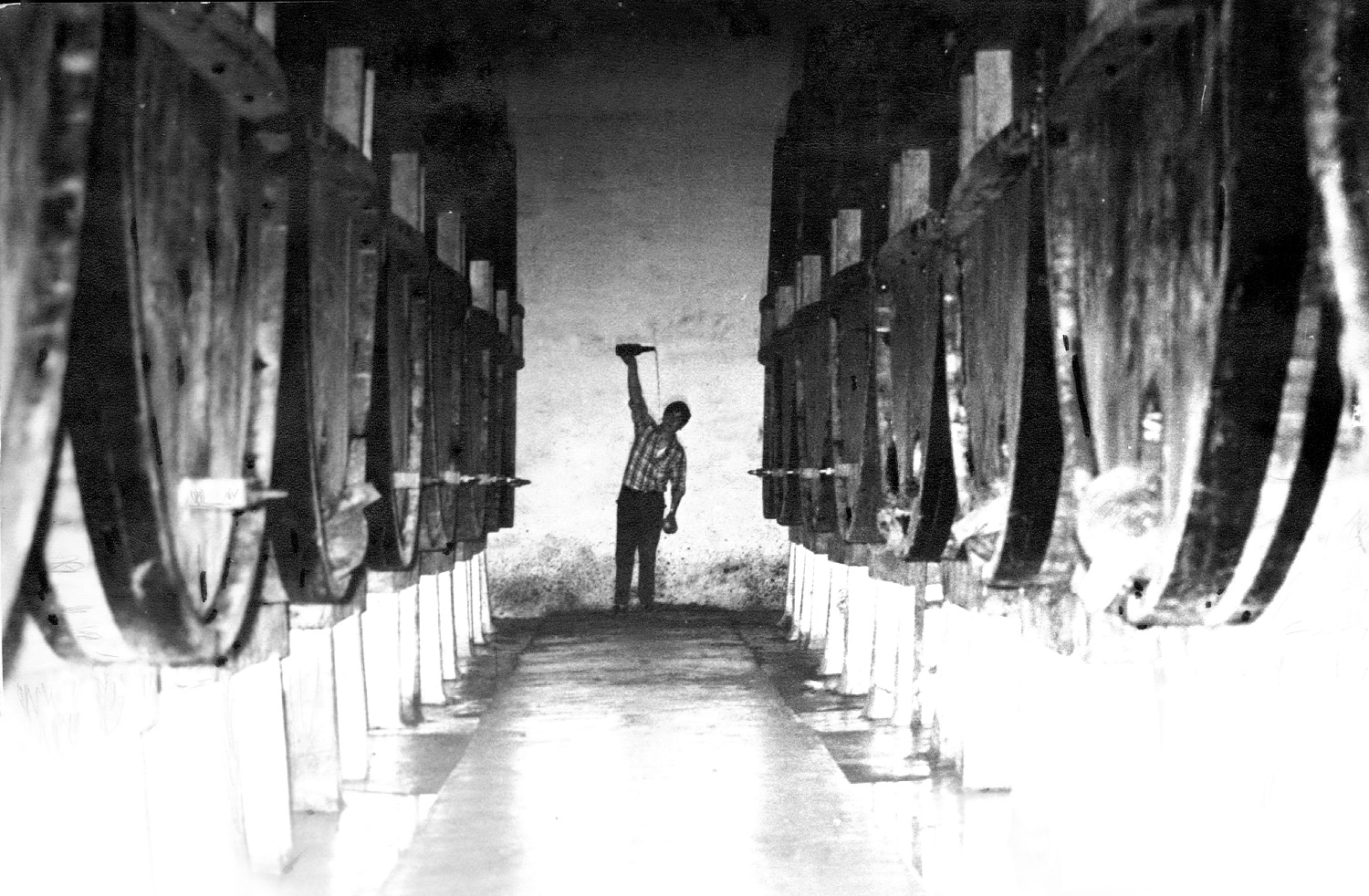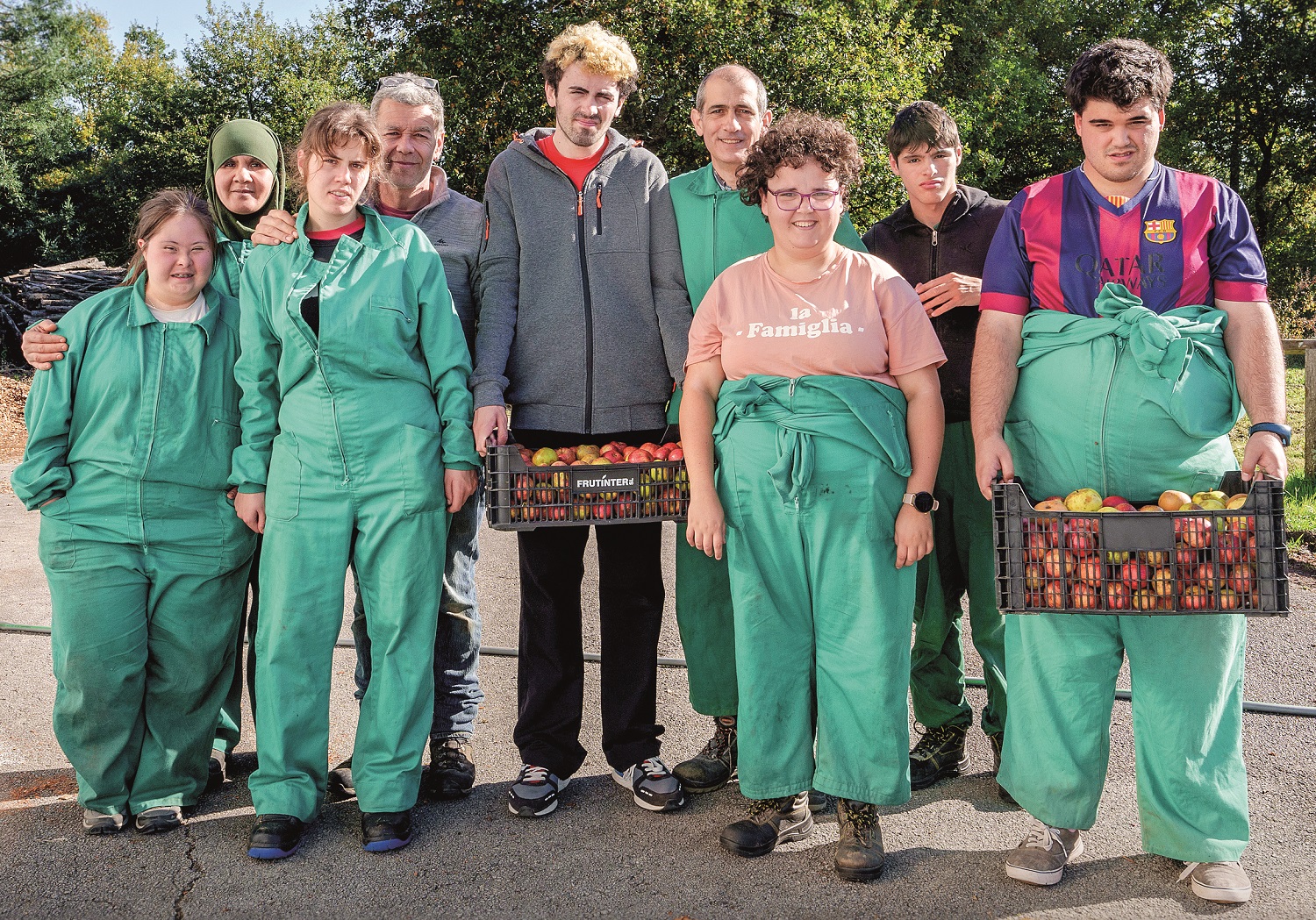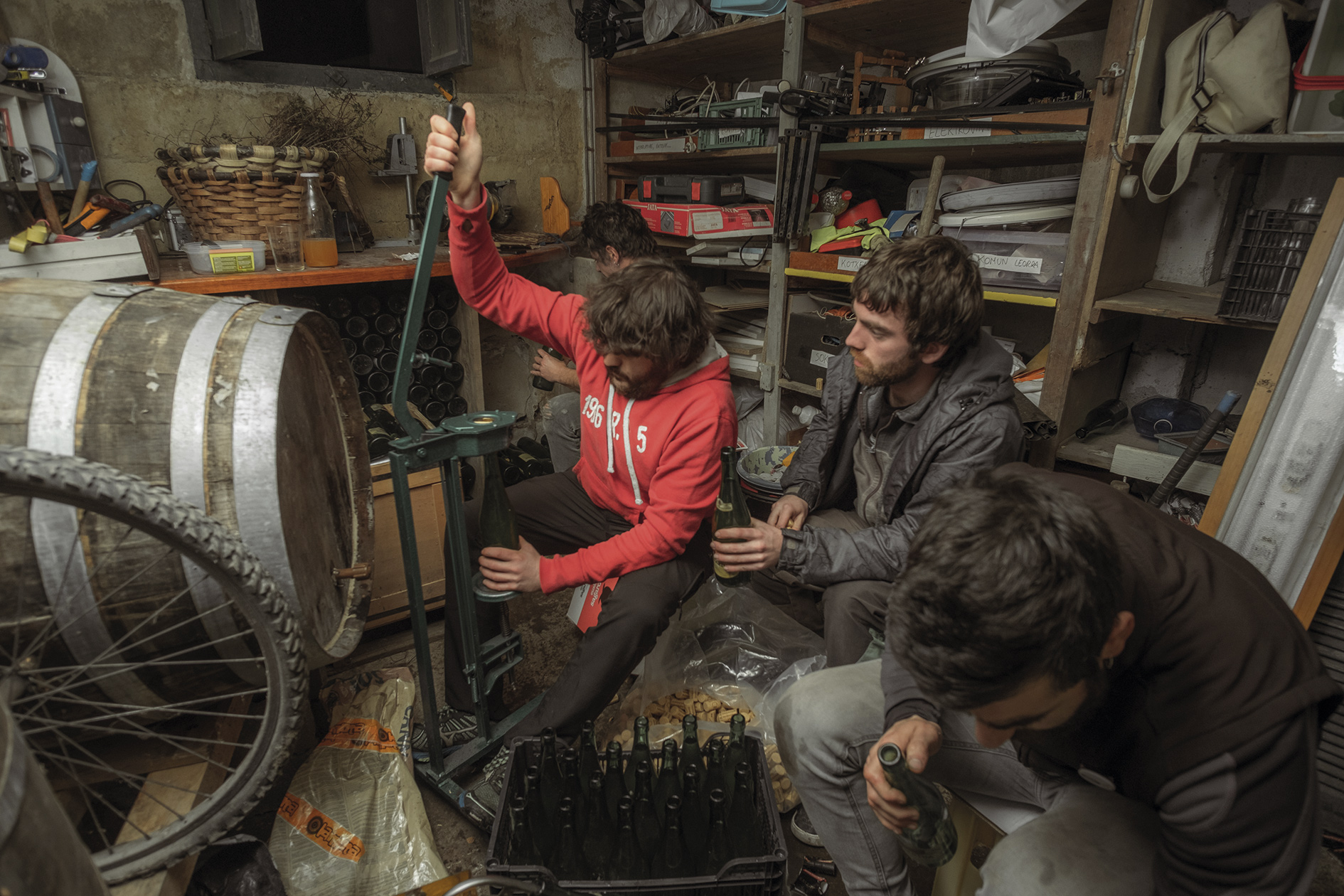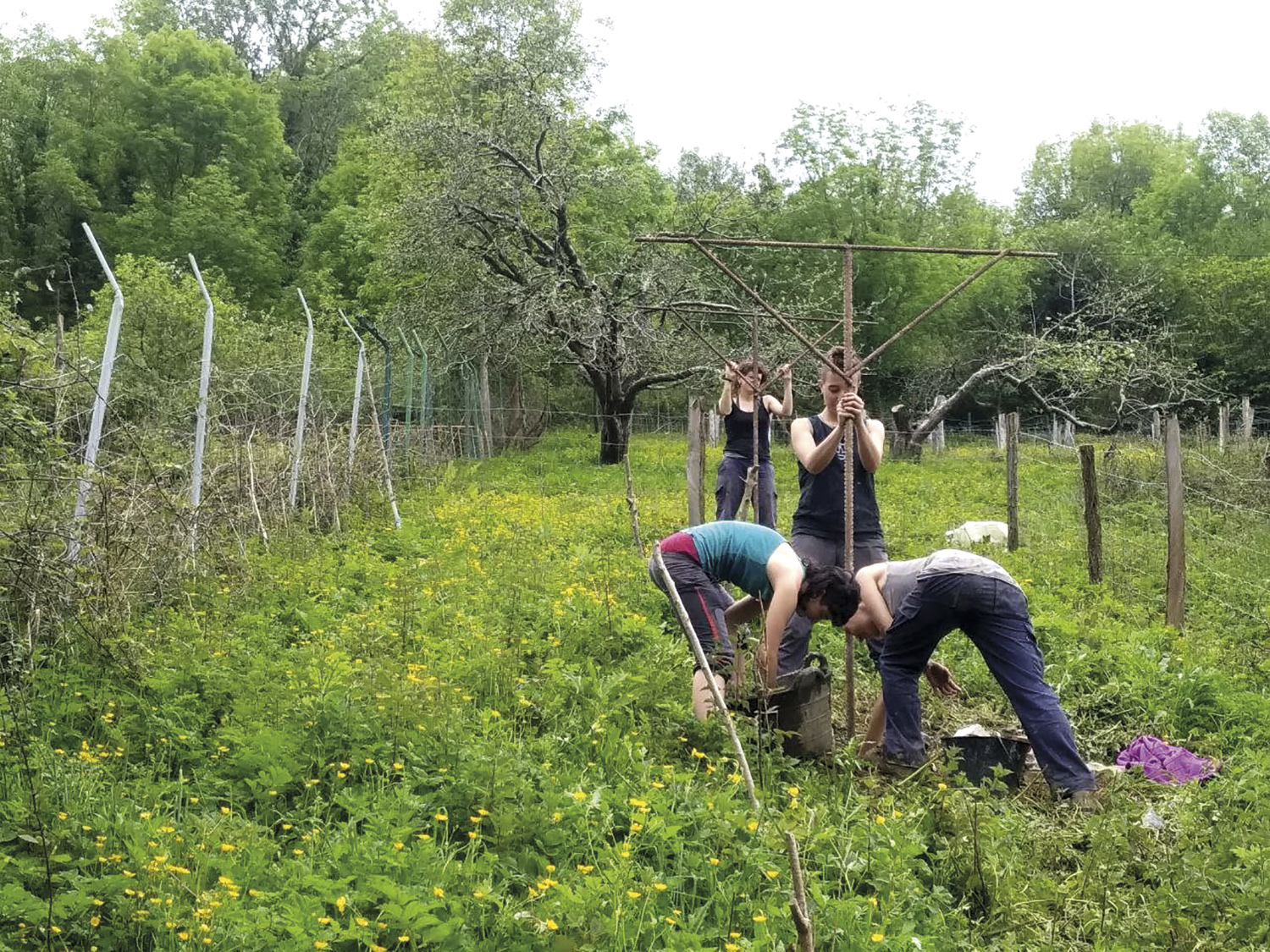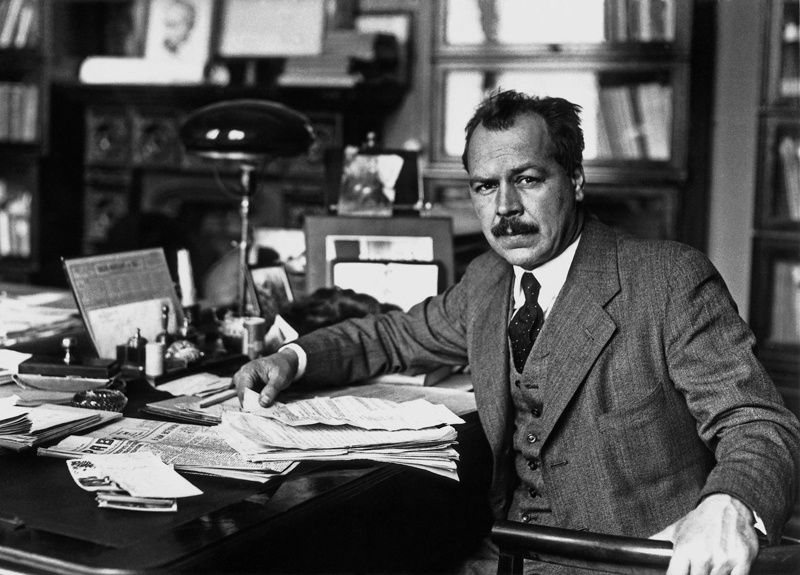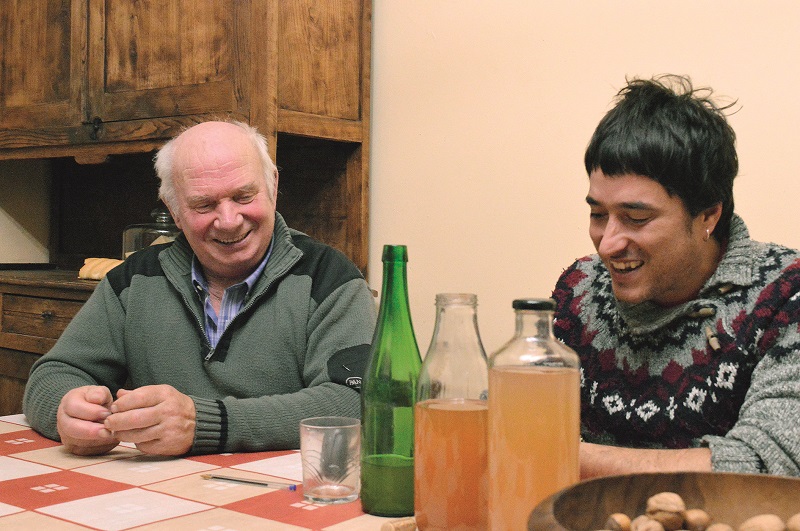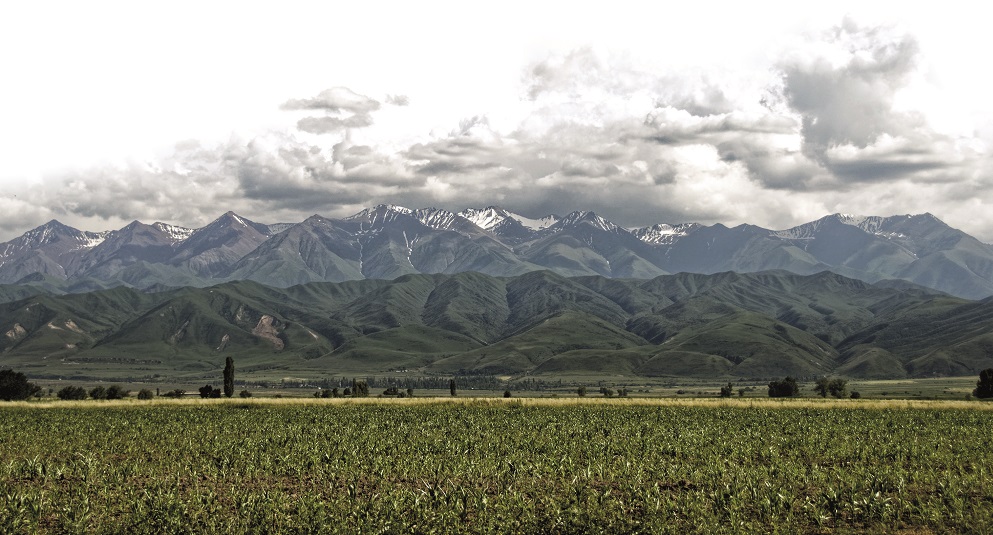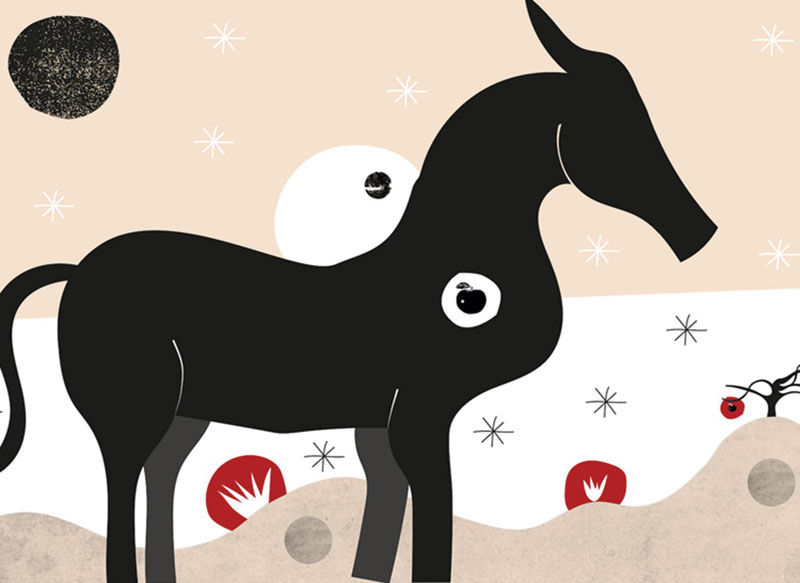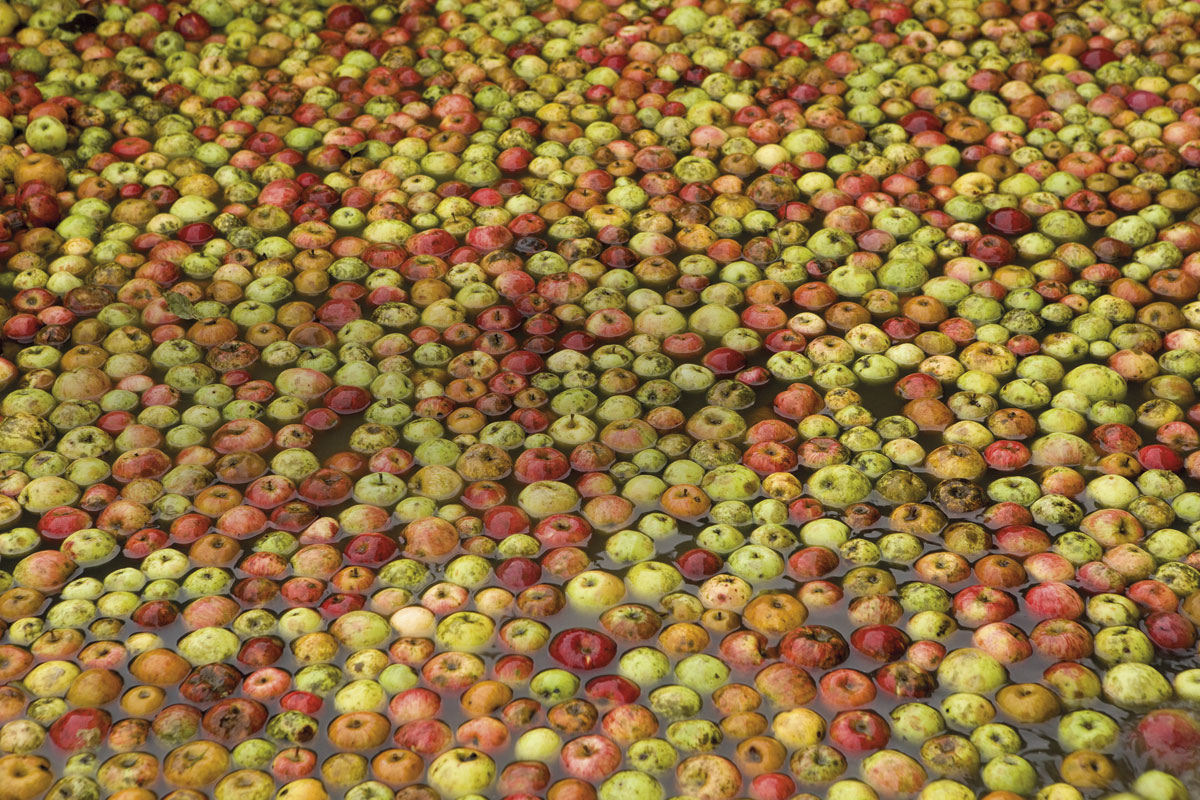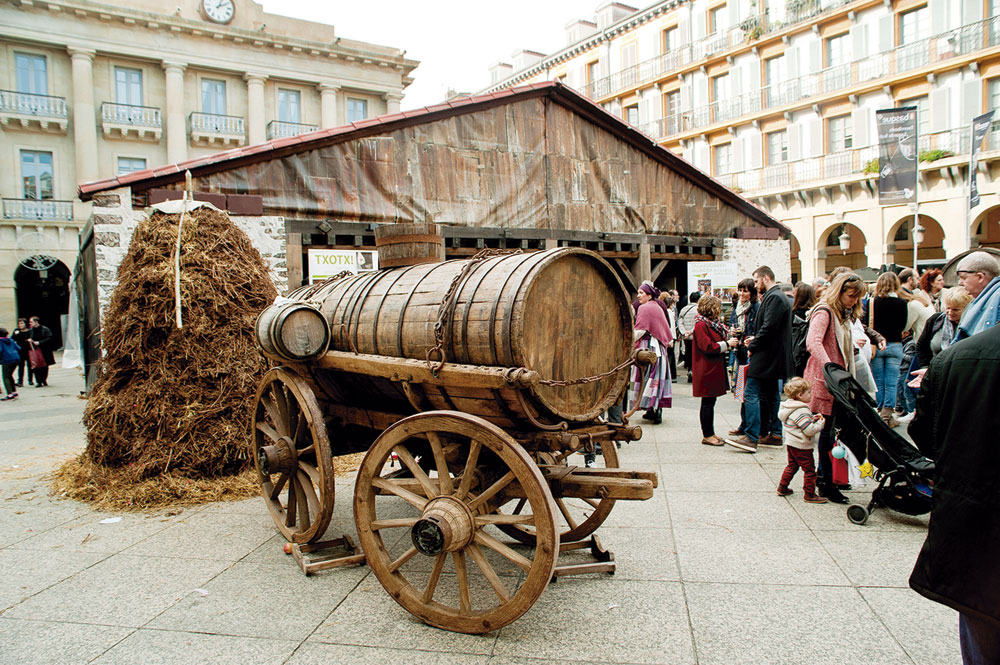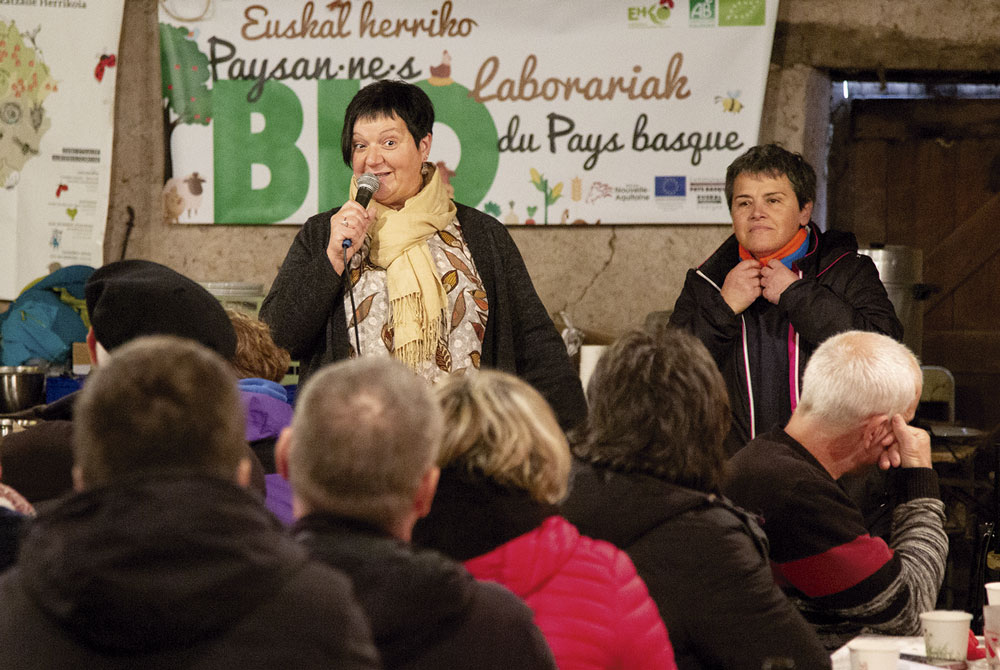Late apples adapted to spring ice
- At 650 meters high, the ice is often in the center of Álava, but in Burgos, “forgotten land”. Treviño's badges inevitably mark his cultivation, including that of the apple, as shown by the path of the cider that opened in Askartza in 1998.
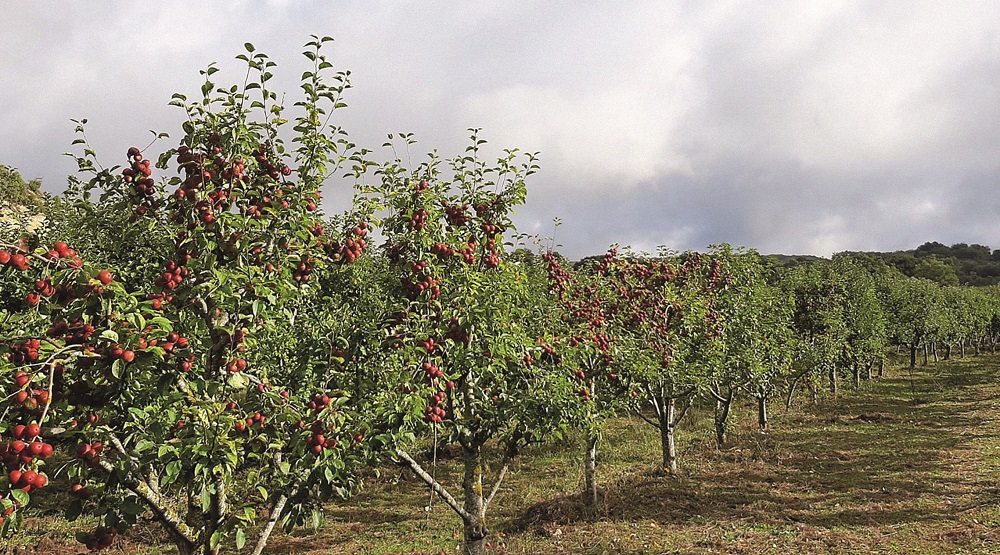
Potatoes, cereals, beet... these parajeos have been known “for ever”, but cider is a “new” product, as Julen Markinez Amozarrain tells us, of the Trebiñu steelworks. One of its objectives is to incorporate the apple and cider into the typical productions of Treviño. “It’s not an easy change, but we’re walking slowly.” Julen's parents started the project about 30 years ago at her father's home. So they didn't know what variety would be best suited to the local climate. “There were hardly apples in Treviño,” says Markínez. “Some had apples for house, but also …”.
Over the years, the characteristics of the autochthonous apple have been learned to make it suitable for cider. In general, they have come to the apples that bloom late, because in spring they also make ice. Its plots include the transformed varieties of Asturias (Spanish state) and Gipuzkoa. “Some Asturians have been better adapted to us because they arrive later,” says Marchinez. Most of the apples are near the sea in Gipuzkoa, but in Asturias there are also abundant in the mountain, and their varieties are perfectly adapted to Askartza, in Treviño County.
The Trebiñu steelworks have about 3,000 trees and are planting about 800 younger specimens on another plot. “In addition to all of them, we will later plant another 800. We're a small cider that produces between 25,000 and 30,000 liters a year. As for the characteristics of the land, there is not much slope here and it is easier to work on it, for example, we have no problems working with the tractor”. Faced with the question of which apples are used to make cider, Markínez tells us that only autochthonous apples are used: “We make all cider with house apples.”
Can't dress the red beret
Island in the center of Álava. In Burgos (Castilla y León), they are not allowed to use the “red beret” that characterizes the Basque Sidra, although they work entirely with homemade apples. “Not having a quality label or label harms us from the point of view of marketing, but what we have in mind is making a good product, from home, and fighting for it. We have ever tried to get the seal of Basque Sidra, but we haven’t been able to, and we’ve already left that fight a little bit.”

Administratively swimming between two waters has curious consequences that have emerged more clearly in the pandemic situation. “I don’t know if the Araba, Bizkaia and Gipuzkoa quarries are going to apply for the COVID-19 certificate. We, at first, complied with the regulations of Álava, but from one day to the next we were told that we have to follow the one of Castile and León, so at the moment not to ask for a passport. If we start asking for it, someone may come to call for an account, “What are you?” As in other sectors, Markinez tells us that the pandemic has been “hard” because in the period of the txotx (January-May) there were strong restrictions in the last two years and to see if in the year 2022.
Small cousin in the territory of wine
Some bars in Vitoria-Gasteiz have signs with the legend “Sidra Treviño” glued behind the bar. We asked Marquinez if it is difficult to enter this circuit, considering that he has a hard “competitor” with his way: wine. “It’s not easy. Here the culture of wine is, but the culture of cider... In addition, cider has a very bad thing, prices are very devalued. You go to the supermarket and you see that the bottle is 1.50 euros or cheaper. Given the cost of the job, of the bottle itself -- it's not profitable. It is essential to make a good product and to maintain decent prices. What to do about the blackberry that sells the bottle in a euro?”
In general, he believes that there is no cider culture. “The hotel owners buy any cider, whatever its origin, with which apple it is made... There are some who try to promote their products, but most do not have it in mind. In addition, here is a rare person who asks for cider,” he laughs. “To change this we have to work a lot.”
A lot of people walk from Vitoria-Gasteiz to the Sidrería, passing through the mountains of Errosteta or Arrieta, take the bus after the meal (put the sidrería) and go home. From the Alavesa capital to Askartza, in Treviño, there is a journey of about two hours.
Talking about prices, we've talked to Markinez about the other crops. “Cereals, wheat or barley are heavily dependent on European aid. Can they continue for many years? I don’t know, seeing the prices...” Steelworks Trebiñu does not receive state aid. “In their day they gave us something to alleviate the damage caused by COVID-19, but to put apples, to invest in machinery, nothing.” But he says the problem is deeper. “As for tourism, Treviño is quite lost. There is no more to see how the roads are, many without asphalting, and hardly Burgos or Álava intervene. “We are a partially forgotten country.” We have precarious conditions. For example, there is no internet coverage in many places, we have wifi network on some occasions but on the next no...”.
“People have learned to drink from txotx”
“When the parents opened the street wouldn’t be able to attract people. ‘Well, if people don’t come, we’ll make it housing and ready,’ they thought. There was a capacity for 40 people, but more and more people started coming, and we decided to expand the cider. Now 120 people come in. In addition to expanding, we have been improving over time the facilities, the machinery, etc.”
As for the steelworks, Hernani, Usurbil, Astigarraga are the names that someone could give. There is habit, tradition, culture… “Yes, there is the biggest culture, but here too people are starting to study,” said Julen’s brother in ARGIA, in an interview two years ago by journalist Miel Anjel Elustondo. “Before coming to our sidreria, for example, many never saw sidrarias. Say that the vats are there, raise them up and take them, and some: "And you can't ruin the cider? Don’t you have it in the bottle?” they asked. In Julen’s words, “people have learned to drink from txotx.” For her work in favor of the use of the Basque Country, Trebiñu was awarded the Lazarraga Prize of the Bai Euskarari Association in 2019, so we interviewed parents and children (in number 2.652 of ARGIA).
The three of Álava
The three Alavese quarries are Treviño, Kuartango and Iturrieta de Aramaio. The latter two produce Euskal Sagardoa, as they use the apples of the chamomile existing in their lands and/or adjacent areas. The first is located in the old resort of Zuazo de Kuartango, on the banks of the Baia River. Iturrieta, in the Arraga district of Aramaio.











